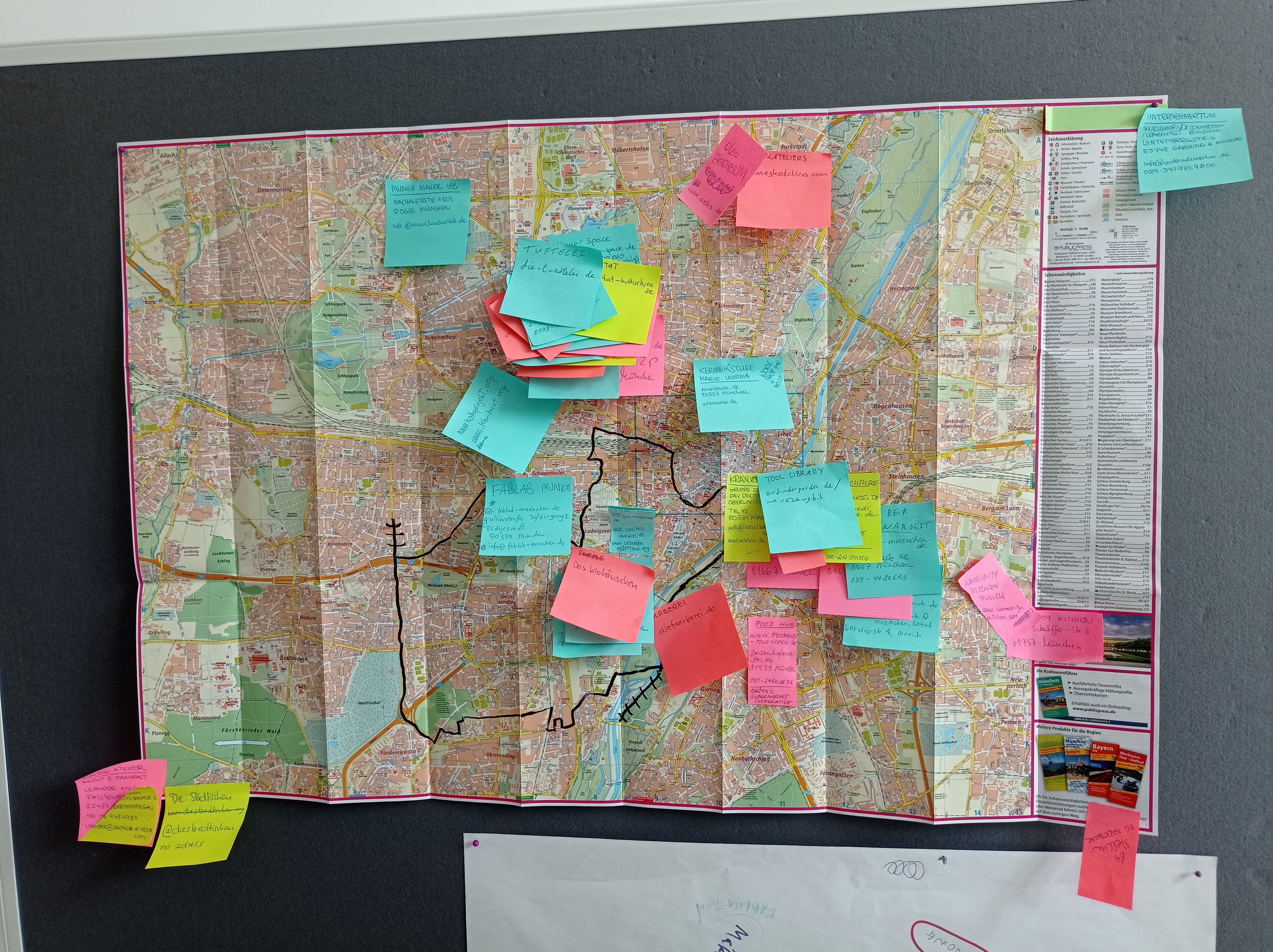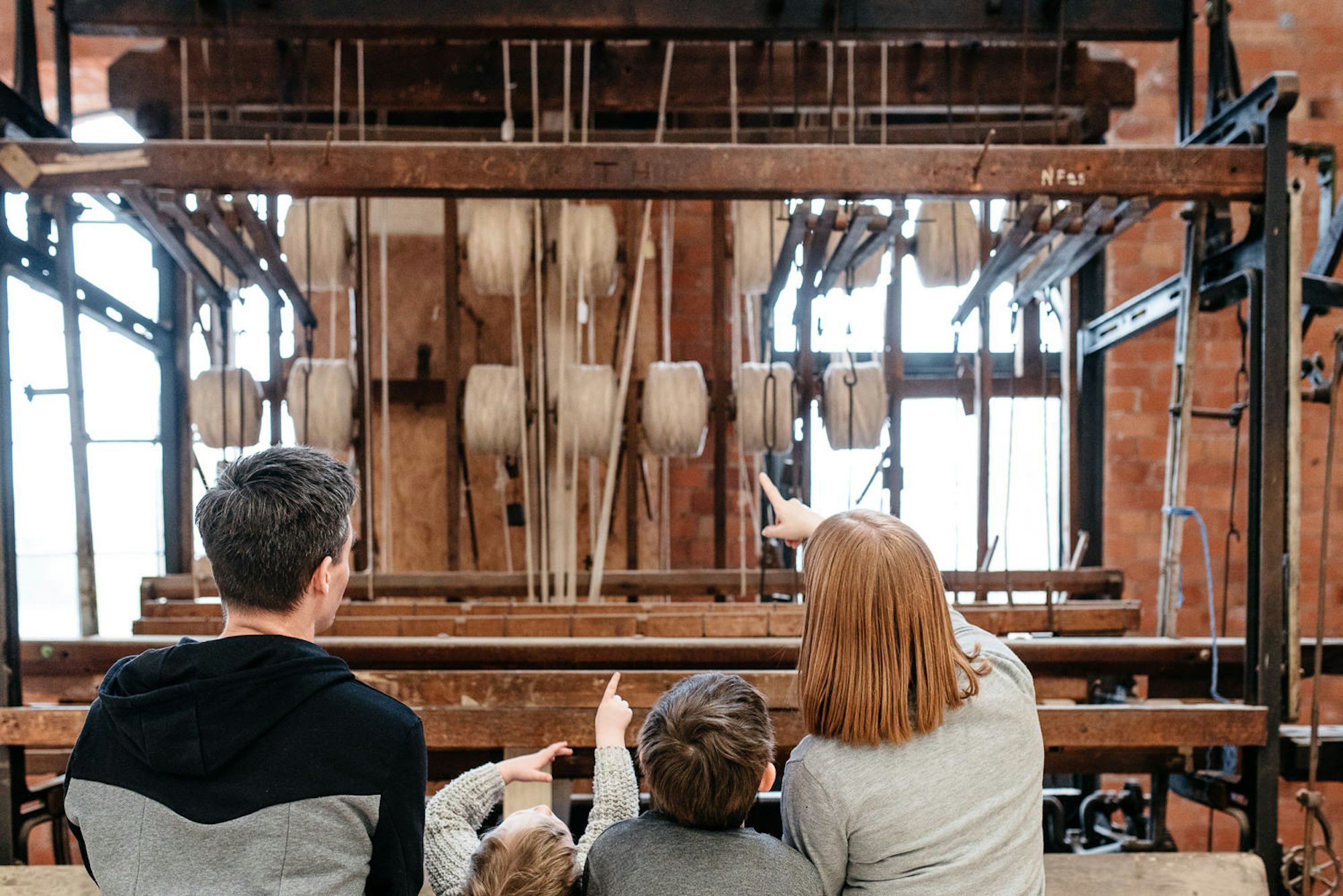Factory Profile: Clifton Steel

With evidence of iron working dating back to the 14th century, Birmingham is a city built on expertise in metalworking - from the hiltmakers, bucklemakers, wiredrawers and swordmakers of the 16th century, to the platers, precision engineers, spinners and metal pressers who still proliferate in the city today.
With such a wealth of skills and expertise there are lots of opportunities for creative companies to manufacture and make locally.
Clifton Steel are a great example of a company who are using their expertise and skills to work with artists and designers. Ruth Claxton interviews General Manager Roger Shafi to find out more about Clifton Steel, and their experience of working on creative projects.
What is Clifton Steel’s core business?
Traditionally we are Steel Stockholders. This means that we buy steel in coil form, then put it through our de-coiling line to flatten and cut in to steel sheets. It goes into a wide array of markets and can end up in anything from ventilation and ducting to shelving at a Tesco or M&S store.
Why did Clifton Steel start working with Creative Companies? Is it something you have always done or is it something new for you?
We invested in a laser cutter around three years ago which allowed us to add value to our core product and cut different shapes from steel. All of our work for the first two years was pretty industrial but then a couple of creative projects came our way and, whilst we might usually have rejected them, I thought that they offered a more interesting way to show off what our laser can do so followed them up.
90% of our work is still industrial but the creative work is slowly growing. A lot of companies are wary of taking on creative work because it isn't simple at the front end - you often have to invest time to nurture and educate artists or designers and explain what is possible, and not all companies are willing to do that. But I think these projects really have added value, they encourage us to innovate and problem solve and its good to work on something a bit different.
How did the creative projects come about?
Largely because we are based at Warwick Bar which over the last five years has become a creative hub, meaning we have found ourselves surrounded by some really talented creatives. The site’s cultural programmer Sue Ball did a good job of connecting the individuals and businesses on our site, encouraging collaborative working and making us and the creatives more aware of the opportunities that working together offered.
What creative work have you done?
Most recently we worked with artist Cathy Wade to bring her ‘Star Map’ project to life. Part of WERK’s Longbridge Public Art Project, it essentially came to us as a large drawing so we did a huge amount of CAD work up front to turn it into the digital file we need so we can cut on our machine. We also worked with artist Shun Ito and Dance Xchange to produce some steel rings that formed the main part of a large kinetic sculpture at the Municipal Bank on Broad Street which acted as a backdrop to contemporary dance performances.
What process do you go through when developing the creative projects? Are they different to a normal job? Is it more of a collaborative process?
A normal company will usually come to us with a drawing prepared in Autocad or Solidworks, usually in DXF format. Some artists might not know what a DXF is, so we have to work with them to get the idea in the right format. When Shun Ito came to meet us at our office, he just had a rough sketch that we had to interpret and draw for him, so it really depends on the type of project. It keeps us on our toes too, pushing the limits of the machinery and breaking the rules. But yes, the projects are always more collaborative when working with artists or people that haven't really used laser cutters before.
What do you think the benefits are of working with creative companies and individuals? What is the most interesting part? Are there any downsides?
The great thing is that every project is different and every artist has a different way of working. it pushes the limits and makes us do things that we haven't done before. It's really interesting how people’s ideas can change once you show them what is possible. The only downside is that sometimes the projects can be a bit slow. Our normal order turnaround time is 3-5 days, but some of the larger artist’s projects have gone on for 6-12 months so it's a bit of a waiting game.
If a manufacturer wants to work with creative companies what are your top tips?
You need to engage the artist and show them what is possible, give them a blank canvas and only say no if it is impossible. Be prepared to experiment and take on projects because they are great and interesting, not to make a fortune! Word of mouth is really important so the bigger, better paid jobs will follow as the creative community starts to talk about you.
You can get in touch with Clifton Steel directory here.
Categories
Factories
Related stories
Factory Friday: Turnberry Rugs
Aero Leather - Scottish manufacturer of leather jackets
Factory Friday: Jay Surfboards
New Make Works Film: Glencraft Mattresses
Manufacturer Case Study: Trakke






